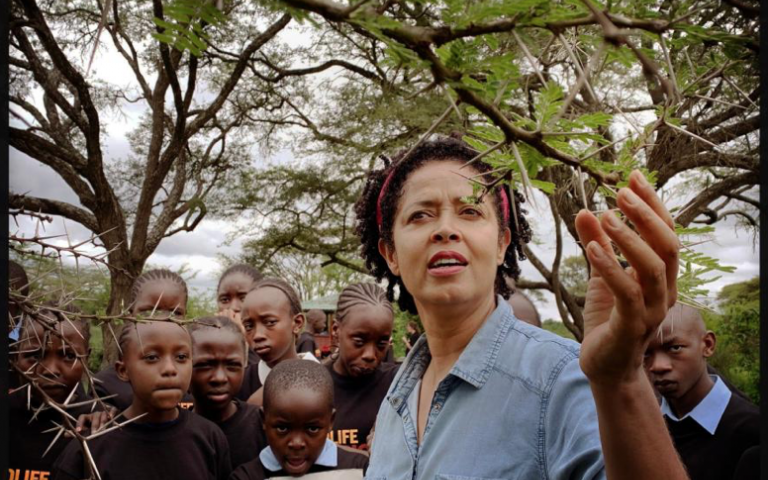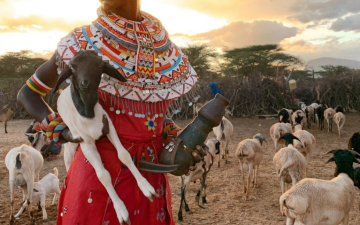While working on National Geographic’s gender issue, a celebrated physicist, recently transitioned from male to female, shared this story. As the doctor examined her newly sculpted female anatomy, she recounted the story of her first staff meeting as a woman where she was ignored, talked over and generally discounted. How could that be? Only her anatomy had changed. She was still had a celebrated intellect and hundreds of publications to her name. As a man, she was a star, as a woman she was invisible.
How many females are there in the world, carrying water, at this very moment—girls with jerrycans instead of books on their heads, elderly women doubled over by the weight of firewood while boys run beside them, with nothing more than a sling shot in hand? In many countries, women are socialized to be property, beasts of burden, invisible. In others, women are legally equal but struggle to make their legal status a reality.
Does inequality mean invisibility?
Women are 50 percent of the global population and the very heart of life—essential to survival—from birth to child rearing, working in field and factory. According to a recent report by the McKinsey Global Institute, true gender equality would add $12 trillion to the global economy. But we are far from that reality.
In spite of gender and economic disparity, women are often the innovators and change makers that move society forward, working far from the headlines. One can imagine how women driven by the desire for a better life for their children, gather in kitchens, tea shops, and secret corners around the world, to plan a march for justice, an innovative technology, a revolution. And then—into the light.


